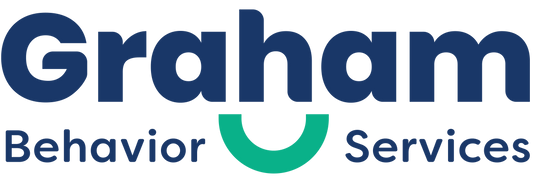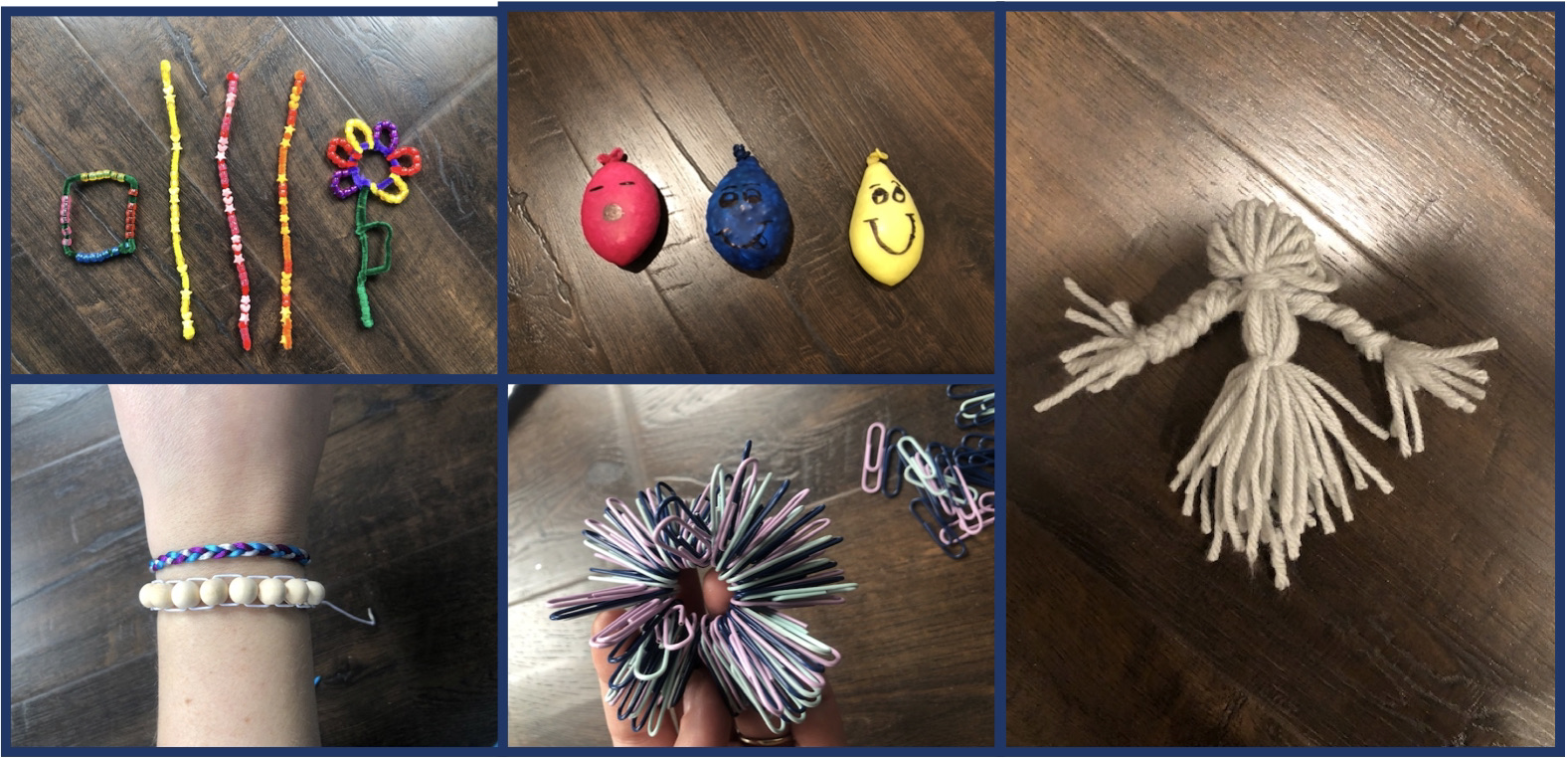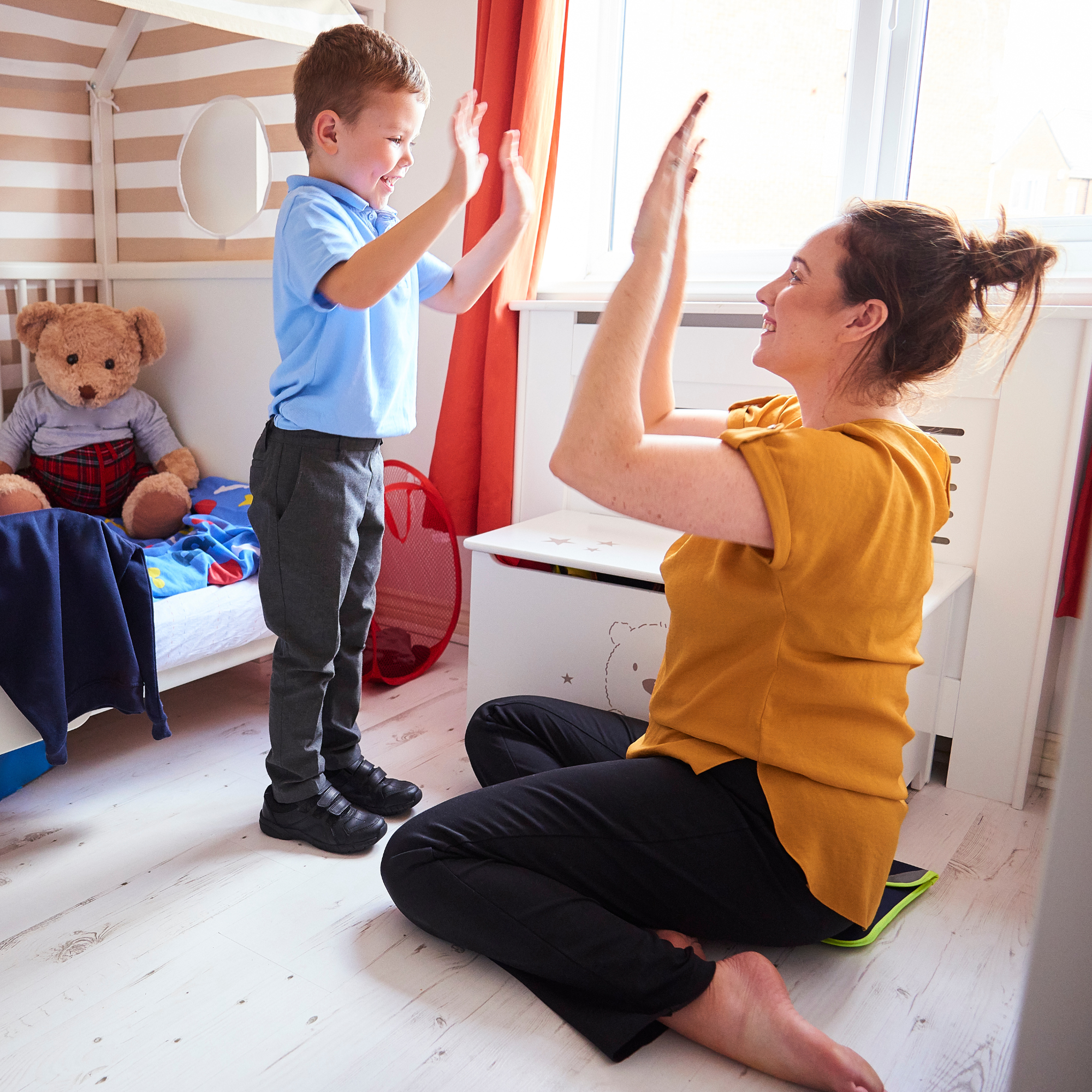As behavior analysts, we understand that consistency plays a crucial role in our effectiveness. One of the biggest challenges we face is gaining the buy-in of our client’s families. While some learners may exhibit desired behaviors during our sessions, the real test is whether those skills generalize to other environments. If they don’t, we must ask ourselves: does it really matter?
The Challenge of Family Participation
When I first meet with a family, I emphasize the importance of their participation in sessions and the need to carve out time for training. However, I recognize that this isn’t always feasible for everyone. Many caregivers juggle demanding jobs—often working over 40 hours a week—while also managing the needs of other children. To address this, I look for ways to involve siblings and the broader family unit in the process.
For busy families, I often use video recordings of our sessions (with consent, of course). This strategy allows me to schedule training sessions at times that are convenient for parents. During these sessions, we review the footage together, which enables me to highlight specific skills we are focusing on. It also provides an opportunity for me to train parents in implementing these strategies at home.
The Need for Caregiver Involvement
I make it clear to caregivers that they will likely not see significant behavior change unless they actively participate in the procedures we discuss. For many families, the first signs of generalization in skills may come as a surprise. However, when it comes to addressing disruptive behaviors, active family involvement is essential. Caregivers must know which behaviors to reinforce, which to place on extinction, and what consequences, if any, should be implemented.
For those caregivers who are more knowledgeable about the principles of Applied Behavior Analysis (ABA), it can be helpful to revisit the basics. If you find yourself frequently explaining the rationales behind your recommendations, consider providing an ABA “refresher.” Show them how the science relates directly to their situation and back it up with research demonstrating the effectiveness of your strategies. For families who might unintentionally reinforce disruptive behaviors, explaining the ABCs (Antecedent, Behavior, Consequence) with specific examples observed in their home can also provide clarity.
Targeting Meaningful Skills
Perhaps the most critical factor in engaging families is to focus on skills that are meaningful to them. Upon meeting a new family, I always ask them to outline their top goals and priorities for their child. By concentrating on skills that can be utilized during daily activities, we can ensure that parent training is a natural and motivated part of the process.
For example, if a family wants their child to engage in a leisure schedule, we work on that. If they need their child to sit through mealtimes, we implement an eating schedule. Teaching a child how to independently follow a morning routine can also empower them and streamline the family’s day. These examples illustrate my approach: the programming time should be dedicated to enhancing the learner’s success at home.
Conclusion
The involvement of families in the behavior analytic process is not just beneficial; it is essential for the success and generalization of skills learned in therapy. By employing strategies that address their busy schedules, providing clear explanations of behavior interventions, and targeting meaningful goals, we can foster an environment of cooperation and support. This, in turn, promotes effective skill acquisition that extends beyond our sessions into everyday life.













